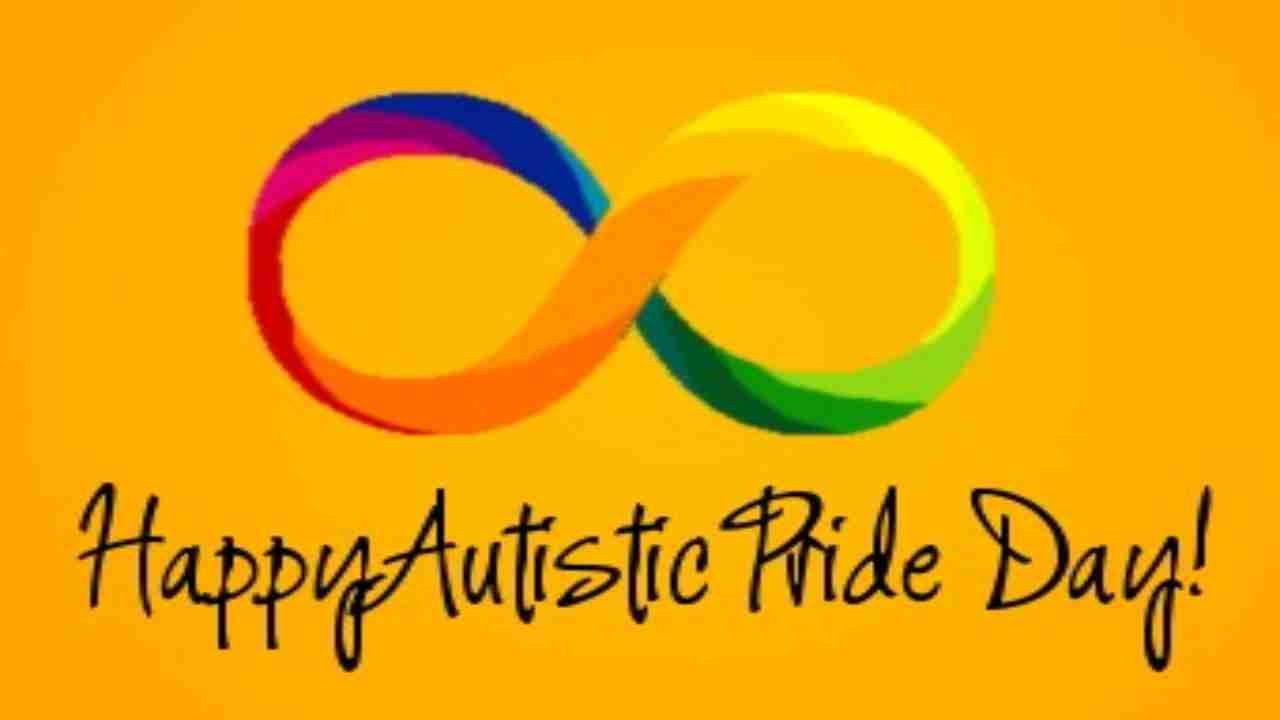Autistic Pride Day which celebrates to spread awareness about the people suffering from autism have as much right to live a happy and fulfilled life as neurotypicals are marked on June 18.
Autism is a disease. Autism Spectrum Disability is a range of complex neurodevelopment disorders characterized by social impairments, communication difficulties, restrictive and repetitive patterns of behaviour.
History of Autistic Pride Day:
Autistic Pride Day was first celebrated in 2005 by Aspies for Freedom (AFF), and it quickly became a global event that is still celebrated widely online. The American Autism Association has marked this day on an annual basis and took to celebrating the unique individuals in our community.
The Day is represented by the rainbow infinity symbol. This symbol is intended to represent the diversity of autistic people and the infinite possibilities and variations within the autistic community.
How to observe Autistic Pride Day?
Various events are organised on this day. Generally, people wear a pride ribbon and join the parade. April 2 is World Autism Awareness Day, and people are wearing the colour blue to raise awareness for the developmental disorder.
Causes of Autism:
According to the researchers, autism tends to run in families. Changes in certain genes increase the risk that a child will develop autism. If a parent carries one or more of these gene changes, they may get passed to a child (even if the parent does not have autism). Other times, these genetic changes arise spontaneously in an early embryo or the sperm and/or egg that combine to create the embryo. Again, the majority of these gene changes do not cause autism by themselves. They simply increase the risk for the disorder.
Symptoms of Autism:
- Abnormal body posturing or facial expressions
- Abnormal tone of voice
- Avoiding eye contact
- Behavioral disturbances
- Deficits in language comprehension
- Lack of understanding social cues
- Lack of empathy
- Learning difficulty
- Self-abusive behaviors
- Sleep disturbances
- Problems with a two-way conversation
- Repetitive motions, or speech patterns
- Not engaging in play with other children
Treatments of Autism:
- Behavioral management therapy
- Cognitive behavior therapy
- Early intervention
- Educational and school-based therapies
- Joint attention therapy
- Medication treatment
- Nutritional therapy
- Occupational therapy
- Parent-mediated therapy
- Physical therapy
- Social skills training
- Speech-language therapy


















